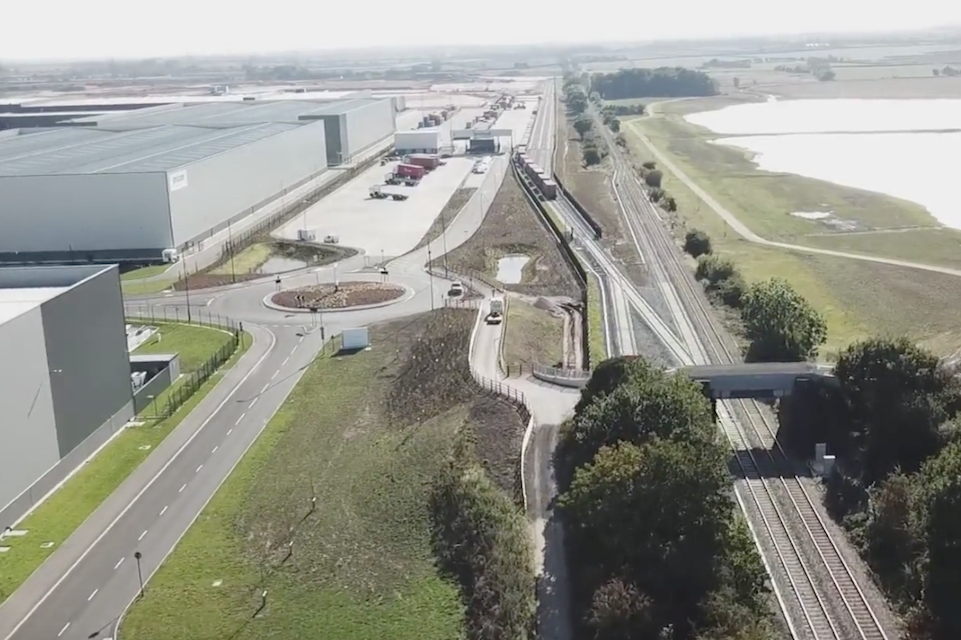Doncaster is playing its railway card in a bid to attract investment. The north of England city is leveraging its rich railway heritage as a catalyst for industrial investment. It’s a novel way to harness the collateral benefits of rail development. It may just pay off for the city, which is often overshadowed by more illustrious neighbours.
Competing with investment hotspots like York, Leeds, and Sheffield is a headache for other nearby communities. Doncaster, for one, has taken a novel approach. The city borough of over 300,000 inhabitants is showcasing its prowess in rail freight and rail engineering as a unique selling point. With a robust infrastructure and a legacy steeped in rail history, the city is positioning itself as a prime destination for businesses in the sector.
Rail freight headquarters in the city
Great British Railways shunned Doncaster in its bid to host the new agency’s headquarters. However, Doncaster is still very much running with its railway credentials. The city’s “Business Doncaster” agency, a part of the local authority’s economic development and support service, has highlighted the city’s railway credentials as proof of its engineering and industrial potential.
For many visitors, Doncaster is defined by the large active freight and operational yards that dominate the approaches to the central station. The city boasts a lineup of leading rail freight operators. DB Cargo UK and Freightliner, for example, both have chosen Doncaster as their operational headquarters. Express logistics operator Varamis Rail also calls Doncaster home. Varamis may well soon launch services on the East Coast Main Line, which directly serves the city.
Logistics industry enthusiastic over Doncaster
“Doncaster has rail in its DNA,” remarked a city official. They emphasised the integral role of railways in the city’s identity. “For over 150 years, Doncaster has been at the forefront of national and international railway engineering and operational excellence.” Business Doncaster plans that the emphasis on rail will highlight the existing benefits and advantages that they offer to the city. That, they hope, will encourage more new businesses to locate there.

The modern pattern of rail freight flows could have been arranged with Doncaster in mind. Strategically located in the heart of the UK, Doncaster plays a pivotal role in the movement of bulk and intermodal loads. Not surprisingly, the logistics industry has taken to Doncaster with enthusiasm. There is even hope that the regional Doncaster Sheffield Airport could be revived as an airfreight hub.
Highly integrated rail supply chain
At the forefront of Doncaster’s modern railway infrastructure is the highly successful iPort Rail. The intermodal terminal serves the modern logistics campus of the same name. It’s also the UK’s largest bonded intermodal rail freight facility. The state-of-the-art logistics hub has already won plaudits from the wider business community and is slated for further expansion.
The confluence of connectivity and infrastructure has spurred the growth of a highly integrated rail supply chain in Doncaster. “The future of rail in Doncaster is bright,” said a local business statement. “With over 35 billion pounds [41 billion euro] slated for rail investments in the next 15 years, now is the opportune moment to invest in Doncaster’s world-class rail cluster.”